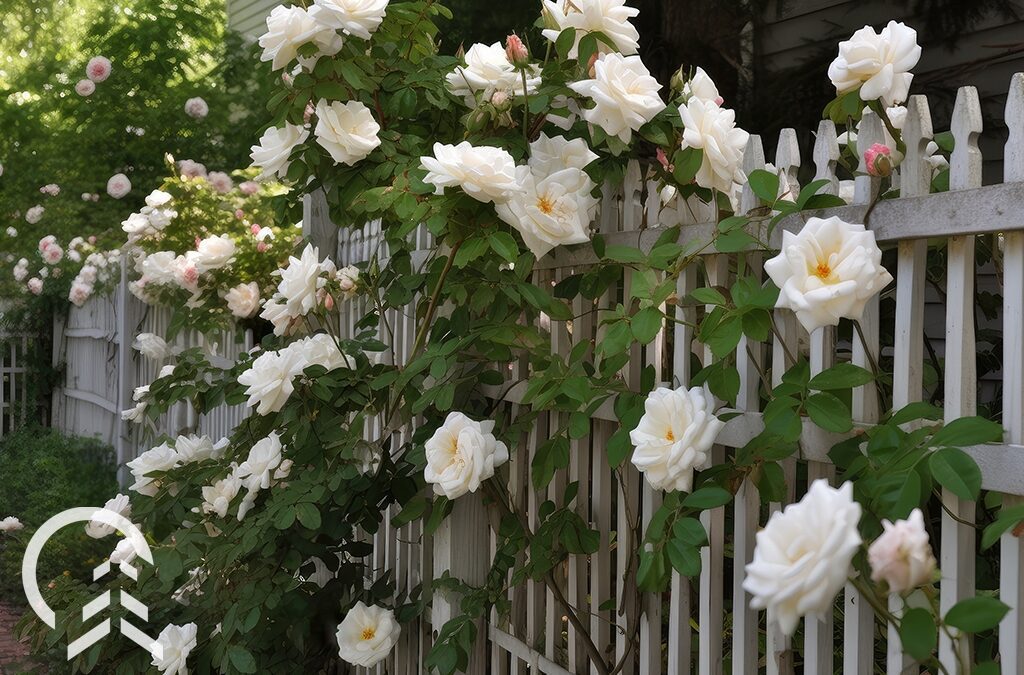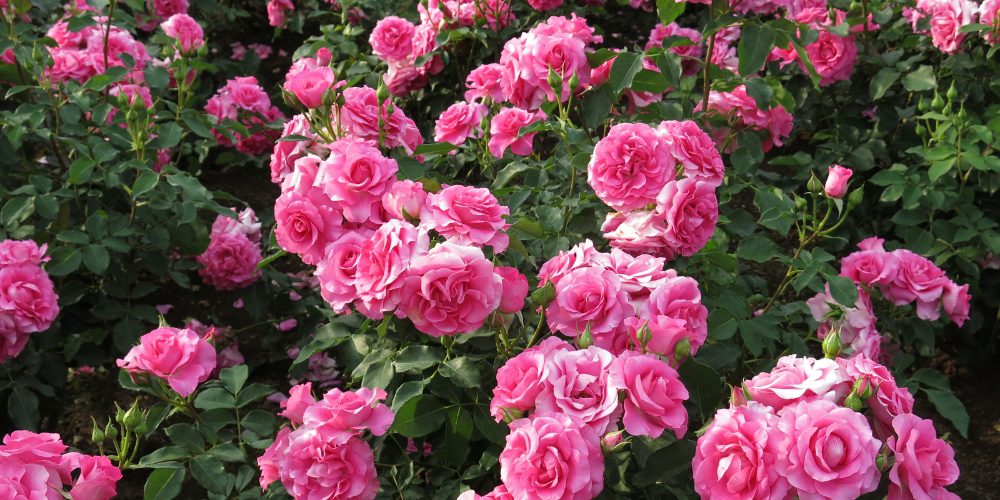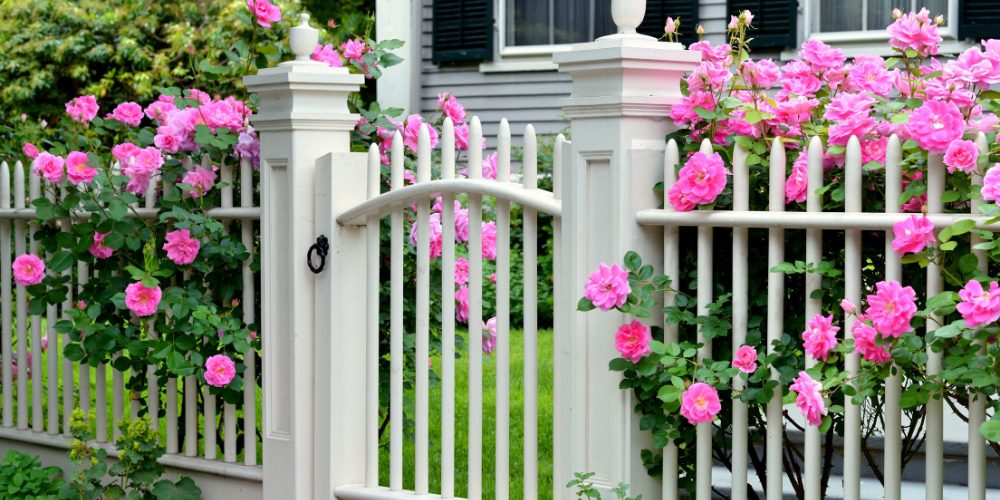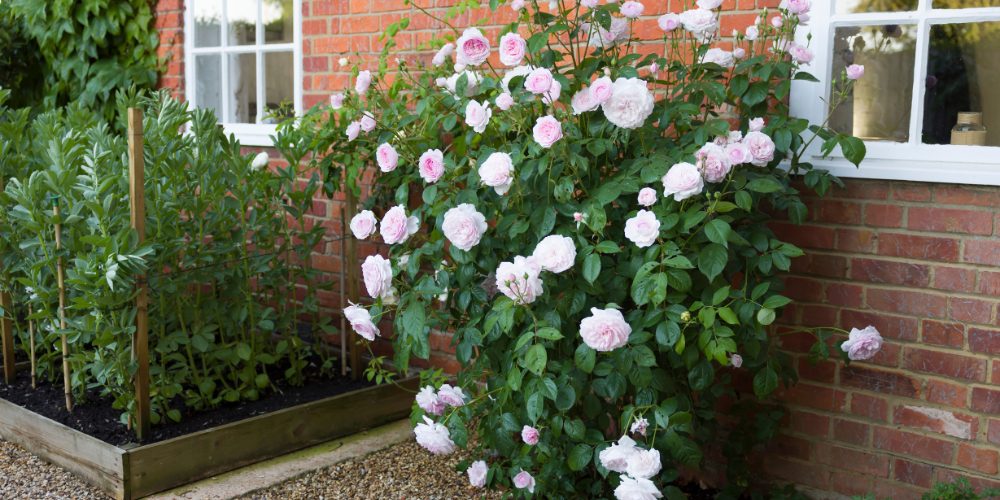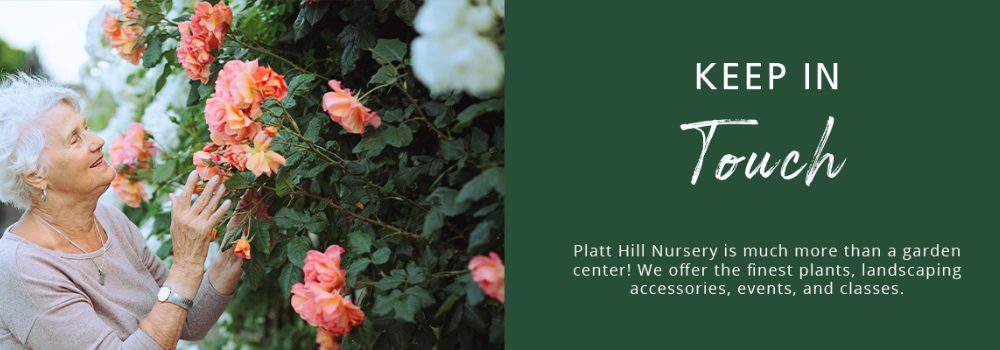Considering all the different rose varieties out there, choosing the right ones for your garden can be rather intimidating. Fortunately, you don’t have to make this decision alone. This guide will outline the basic classes of roses along with some popular varieties, so you can confidently select a beautiful rose that’s right for your landscape!
Why Should I Grow Roses in My Chicagoland Garden?
When it comes to roses, the reason for growing them is simple: they’re beautiful! The beauty and elegance of roses are timeless, as shown by how they’ve been romanticized by poets and pop culture or the simple joy they make you feel whenever you receive roses for Valentine’s Day. Roses are also perennials, meaning they become a friend for life when you grow them in your garden, unfurling their delicate blossoms with exquisite color and scent every year.
A Guide to Rose Categories
Over the generations, horticulturalists have been so smitten with roses that they’ve bred hundreds of varieties, each with a unique color, blossom shape, and growth habit. The first step to navigating the world of roses is to understand the three main categories:
- Old Garden Roses: These are heirloom or “antique” varieties that date back before 1867 and are the original species from which modern roses were bred. Today, they’re not as common as modern roses.
- Wild Roses: North America, including Illinois, has several wild roses varieties. They often feature small flowers but a strong scent, a more “natural” growing habit, and are hardy in the face of challenging weather.
- Modern Roses: Most roses that you find at a garden center or in people’s gardens are modern roses. These varieties originated from old roses but were hybridized to have longer-lasting blooms, differently shaped blossoms, various growing habits, and better hardiness.
A Guide to Rose Classes
Now that we have a broad overview of rose categories, let’s take a deeper dive into a few popular classes of modern roses. While the different vocabulary can be a lot to take in, having a sense of each rose type and their differences will help guide you to make more informed decisions next time you visit the garden center!
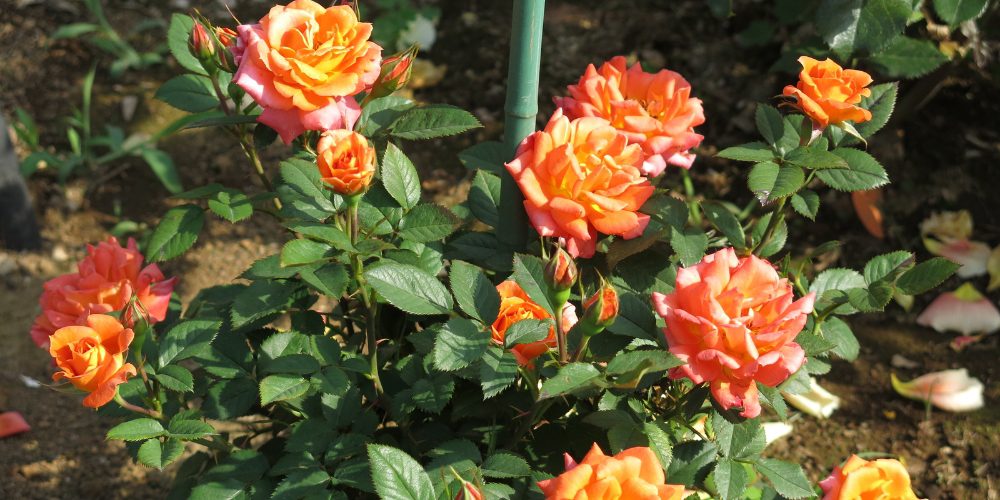
- Hybrid Tea Roses: These are the most popular type of rose used in landscaping and date back to the 19th century, being some of the first hybrid varieties to be bred from the traditional old garden roses. They typically feature repeat flowering cycles, fragrant scents, and large flowers that open on long, straight stems.
- Floribunda Roses: This rose variety gets its name from a Latin word meaning “many flowering,” which makes sense given their clusters of multiple blossoms that continually flower from summer into fall. They are not usually as scented as hybrid tea roses but are typically hardier and more disease resistant.
- Grandiflora Roses: these roses originated in the 1950s and are a cross between hybrid tea and floribunda varieties. Like floribundas, they feature flower clusters and continuous blooming throughout the season. Their signature mark is the larger blossoms, from which they receive their name, “grandiflora.”
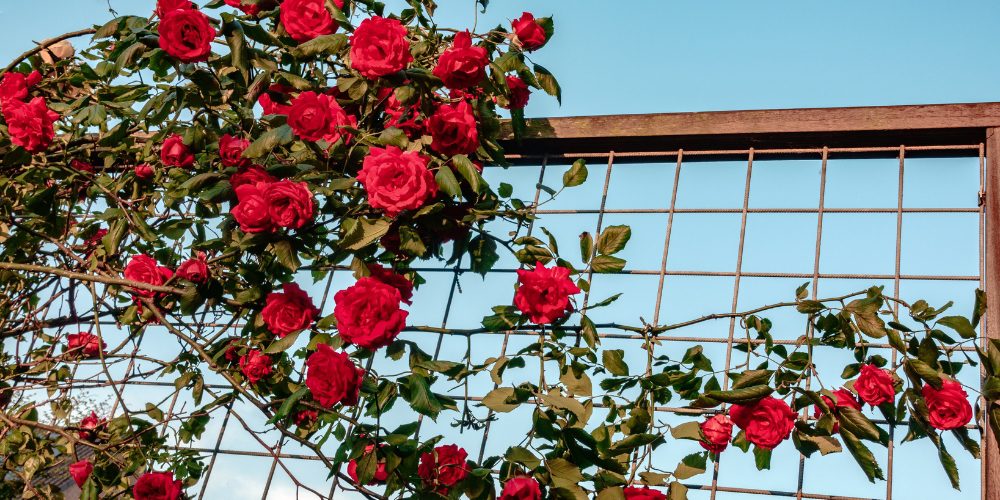
- Climbing Roses: This is more of a growth habit than a specific class of roses, and climbing roses can be hybrid tea, floribunda, wild rose, or other varieties. Their defining feature is that they grow long, flexible stalks that need the support of a lattice or pergola. As a result, they can create a beautiful vining look as they climb along a shed wall, fence, or archway.
- Miniature Roses: These roses are defined by their short growing habits. Unlike their cousins, they only rise 6 to 36 inches off the ground, making them ideal for planting in between other perennials, in containers, or in other places where roses wouldn’t typically fit. On some miniature roses, the blossoms remain large, while on others, even the flowers are petite.
- Shrub Roses: Technically speaking, all roses are shrubs, but the shrub rose class differs from others because they’re typically much bigger. They fill out into leafy bushes, covered with dozens of classic rose blossoms. Like other shrubs, they provide a middle layer to your landscape along with their beautiful blossoms.
Guidance for Choosing Your Next Rose
Now you have the background to understand your different rose choices, but how do you make the selection? When choosing your next rose, it helps to consider these three qualities:
1. Size: How tall do you want your rose to be: miniature, shrub, or somewhere in between? The answer to this question is incredibly subjective, and depends entirely on the size of your outdoor space and the look you’re aiming for.
2. Blossoms: What kind of blossoms do you find attractive? Apricot with ruffled petals? Cherry red double flower clusters? The texture, shape, color, and size of your desired flowers all come into play here.
3. Style: The overall style is a final quality to consider when picking out your perfect rose variety. Do you want something that has a formal look, a homey cottage style, or something more earthy and wild? Each rose has its own personality, so make sure you pick one that closely matches your own!
The Most Important Question: Do I Like It?
Selecting a new rose for your garden is a lot like buying a bottle of wine: Although it can be intimidating, the only question that really matters at the end of the day is, “Do I like it?” For a bottle of wine, you have to like how it tastes. Likewise, with a rose, the best one for you is the one you find the most pleasing to your senses.
Where is the Best Place to Plant a Rose Bush in My Chicago Garden?
A sunny spot with full sun exposure is the best place to grow a rose. They also like moist, well-draining soil that is rich in organic matter. Choosing a proper location for your rose makes rose care easy in the long term.
The best way to discover the next rose for your Chicago garden is to see your options in person. To see our stunning selection and for more guidance on growing roses, visit our garden centers in Bloomingdale and Carpentersville!
Platt Hill Nursery is Chicago’s premier garden center and nursery.

